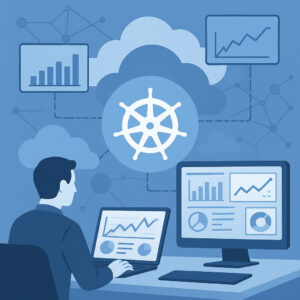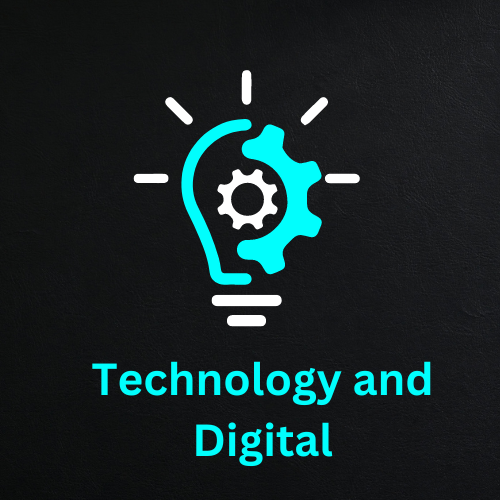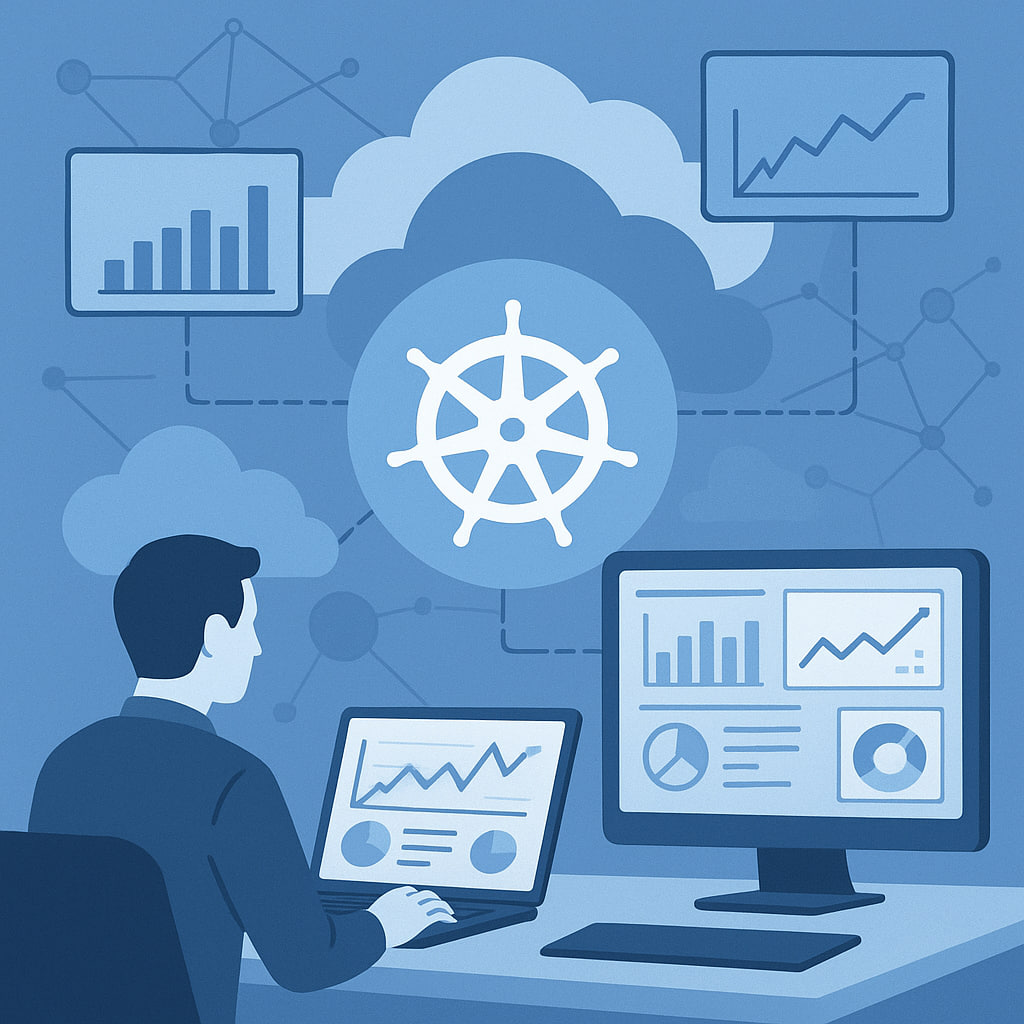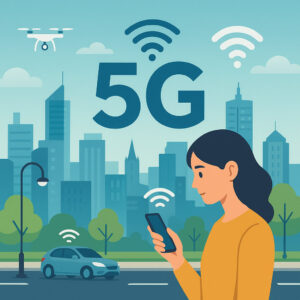Kubernetes Observability: Making Sense of Complex Clusters

Running applications on Kubernetes has become mainstream in modern IT environments. Yet, scaling a cluster and maintaining reliability isn’t enough—visibility must be introduced. Kubernetes observability enables teams to understand, debug, and optimize microservices architecture effectively. Without it, systems can degrade unnoticed until a critical outage occurs.
This article breaks down how observability works in Kubernetes, what tools and practices matter in 2025, challenges to plan for, and steps to get started effectively. Readers new to clusters or veteran operators will find actionable insight and direction.
What Is Kubernetes Observability and Why It Matters
Kubernetes observability goes beyond monitoring. Rather than merely collecting metrics and logs, it means building systems that can answer “why” and “how” questions in dynamic environments. It includes tracing, metrics, logging, and alerting, but with context, correlation, and real-time feedback loops.
Core Pillars of Observability in Kubernetes
- Metrics: Quantitative measurements like CPU usage, memory, request rates, error rates.
- Logs: Unstructured or structured records of events, decisions, errors, and flow.
- Traces / Distributed Tracing: A view into the path a request takes across microservices.
- Events & Alerts: Notifications about significant state changes or anomalies.
- Topology & Dependency Maps: Visualization of relationships among services, pods, nodes, and network paths.
Why Observability Exists Where Monitoring Falls Short
Monitoring is reactive: “Something broke, send alert.” Observability is investigative: “Why did it break?” In a Kubernetes cluster, many components interact (network overlays, sidecars, autoscalers). A spike in latency may be triggered upstream or by a misconfigured sidecar. Only observability can trace the causal path.
Practical Tip:
Begin by instrumenting one microservice with a full stack of logs, traces, and metrics. Use that as a reference, so when expanding to the rest of the cluster, standards and instrumentation patterns remain consistent.
Modern Trends & Tools in 2025
In recent years, the observability landscape has matured. In 2025, certain tools and practices are now considered foundational rather than experimental.
OpenTelemetry as the Standard
OpenTelemetry has become the de facto standard for instrumentation in Kubernetes environments. It unifies metrics, logs, and trace collection under common APIs and exporters. New services are often instrumented out-of-the-box with OpenTelemetry compatibility.
Service Mesh Observability
Service meshes such as Istio, Linkerd, or Kuma now include observability features like request-level metrics, latency breakdowns, and dynamic routing insights. Observability at the mesh layer gives visibility independent of application code.
AI‑Assisted Anomaly Detection
Some observability platforms now include AI modules that detect anomalies automatically — traffic spikes, memory leaks, or sudden error surges—without needing manually defined thresholds. This reduces alert fatigue in large clusters.
Universal Context Propagation
Propagating context (trace IDs, correlation IDs) across all services—including sidecars, jobs, and serverless functions—ensures that observability spans batch tasks, event-driven flows, and real-time APIs alike.
Practical Tip:
When deploying a service mesh, enable built-in observability features early. Mesh metrics often include retry counts, circuit breaker status, and traffic splits—all useful insights with minimal additional instrumentation.
Benefits, Challenges & Pitfalls
Key Benefits
- Faster Root Cause Analysis: Traces link symptoms to causes across microservices.
- Performance Optimization: Metrics and logs identify bottlenecks, allowing tuning of autoscaling, resource limits, and network policies.
- Reliability & SLOs: Observability enables setting Service Level Objectives (SLOs) and measuring error budgets.
- Capacity Planning: Trends in resource use guide scaling decisions and cost optimization.
Main Challenges & Pitfalls
- Instrumentation Overhead: Excessive logging or tracing can degrade performance or increase costs.
- Data Volume & Retention Costs: High-cardinality metrics, large logs, or long trace retention incur storage cost.
- Context Gaps: Missing correlation IDs or inconsistent instrumentation break trace chains.
- Tool Sprawl: Using multiple observability tools without integration leads to fragmentation and blind spots.
- Alert Storms: Without tuning, observability generates too many alerts, overwhelming teams.
Practical Tip:
Set sensible sampling rates for traces, aggregate metrics to reduce dimensionality, and use log levels carefully. Start with coarse settings and refine as you understand normal behavior patterns.
Strategy to Implement Observability in Kubernetes
Phase 1: Plan & Map
Begin with asset mapping: list services, dependencies, entry points, communication paths, and failure modes. Decide which services must be fully observable first (critical APIs, payment systems, auth). Define SLOs and error budgets for those services.
Phase 2: Instrumentation & Data Collection
Use OpenTelemetry to instrument code and middleware. Deploy collectors or agents (e.g. OpenTelemetry Collector, Fluentd) that forward data to a backend (e.g., Prometheus, Jaeger, Tempo, Elasticsearch). Enable sidecar instrumentation where direct instrumentation is not possible.
Phase 3: Visualization & Dashboards
Create dashboards for key metrics: request latency, error rates, resource usage. Build distributed trace views to inspect request paths and durations. Use topology maps to see service dependencies. Include alert dashboards for anomalies.
Phase 4: Alerting & Escalation Policies
Define alerts based on SLO violations, degradation, or anomalous behavior. Use alert levels (warning, critical). Tie alerts to runbooks or playbooks so responders know actions. Include automated mitigation when possible (e.g., auto-scale or circuit breakers).
Phase 5: Continuous Improvement & Feedback
Regularly review alerts that fired: false positives, ignored ones, or needed tuning. Rotate instrumentation standards and audit traces to find coverage gaps. Use retrospective exercises after outages to find missing observability signals.
Practical Tip:
Use templated instrumentation libraries or wrappers to enforce consistency across teams. This reduces variability in how trace IDs or log contexts are handled.
Hypothetical Scenario: Debugging a Latency Spike
Consider a microservices architecture where the user API suddenly slows from 150 ms average to 700 ms. With observability in place, trace data shows that a downstream auth service is responding slowly due to a database lock. Metrics reveal CPU on the auth service is saturated. Alerts triggered when latency crossed thresholds. Engineers see the chain: user → API → auth → DB. They identify that a query was causing a lock, optimize it, and restore performance. All within minutes.
Without observability, the response might involve guesswork, rolling restarts, or even broad-scale rollback—taking much longer and risking collateral damage.
Tips to Scale Observability for Large Clusters
- Sharded Data Pipelines: Partition collectors by namespace or team to distribute load and isolate failures.
- Hierarchical Aggregation: Aggregate metrics at node, cluster, and service levels to reduce cardinality.
- Retention Policies & Rollups: Keep high-fidelity data for recent period and roll up older data for trend analysis.
- Adaptive Sampling: Dynamically change sampling rates based on traffic patterns or error rates.
- Cross-team Standards: Enforce common labels, context naming, and semantic conventions to align metrics and logs across teams.
Conclusion & Next Steps
Kubernetes observability is not optional; it’s essential for reliable, scalable, and diagnosable systems. By combining metrics, logs, tracing, and event correlation, teams gain a window into the heart of complex clusters. The journey involves planning, phased deployment, tuning, and culture change toward data-driven debugging.
Which microservice or cluster segment would benefit most from full observability in your environment? Pick one, instrument it, and start seeing insights. Share lessons, challenges, or successes in the comments below—community learning accelerates understanding for all.




